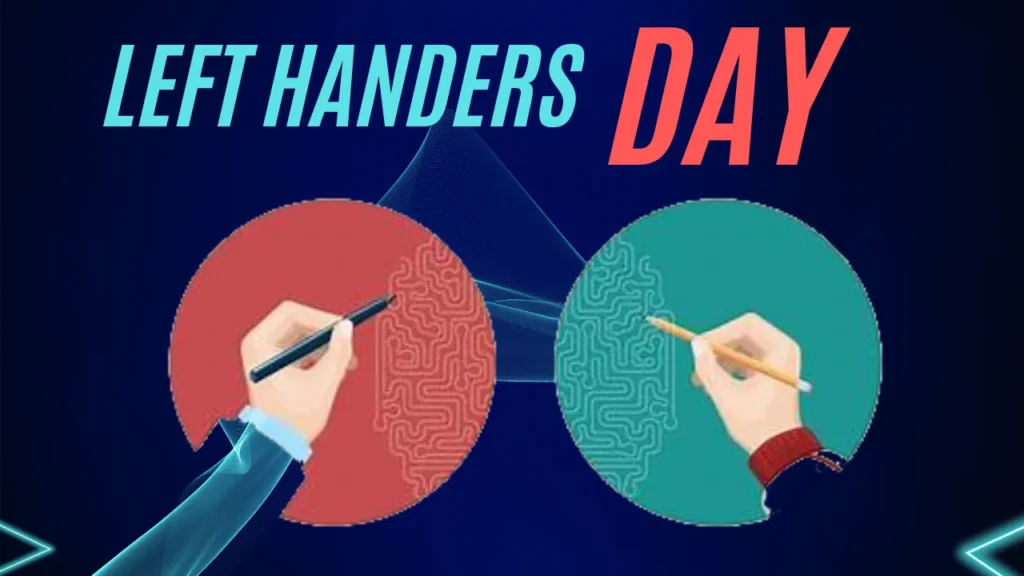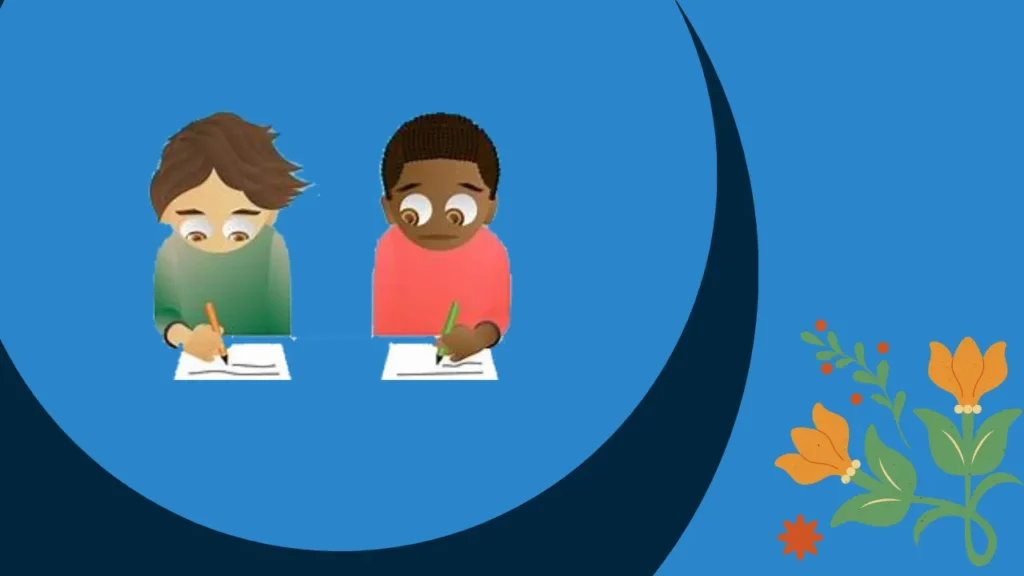Introduction
Being left-handed is like having a special feature, and about 10% of the world’s folks have it. Scientists find it interesting and, throughout history, it’s caught people’s attention. Figuring out why some folks like using their left hand more than the right can help us learn cool things about our bodies and behavior. But it’s not just about science – knowing what this means can also teach us about how our unique qualities affect our lives, looking at both our bodies and how we fit into society. Why are some people left-handed?
Historical Perspectives on Left-Handedness
Throughout history, being left-handed got mixed up with strange beliefs and negative ideas. In different cultures, people thought the left hand was impure or connected to bad things, making life harder for those who preferred using it. Back in ancient times, just doing everyday things with your left hand made people suspicious because they believed the right side was better and more powerful. These old-fashioned ideas, based on what each culture thought was normal, not only made left-handed folks feel left out but also shaped how society sees them, creating a complicated story that lasted for many, many years.
Genetics and Left-Handedness
Understanding how our genes and left-handedness are connected is like diving into a cool part of studying human traits. Scientists have found that our genes play a big role in deciding if we’re left-handed or not. Recent studies show that there might be a connection between left-handedness and family patterns, suggesting that it could run in families. But figuring out how our genes work with the world around us to make us left-handed is a bit tricky. It’s like solving a puzzle to see how our genes and the environment team up to create this interesting thing called left-handedness. Scientists are still working on it to uncover all the details.
Brain Hemispheres and Handedness
When we look at how our brains and handedness connect, it’s like exploring a fascinating dance of nerves and thinking. The key is understanding which side of the brain is in charge. For most right-handed folks, it’s the left side that takes the lead in controlling movements and language. But for left-handed people, it’s a bit more complex. Studies show that they often use both sides of their brain more equally, which is different from what we usually see in right-handed folks. This complicated brain setup adds a cool layer to our understanding of handedness, showing how diverse and unique each person’s brain can be when it comes to controlling movements and thinking.
Left-Handedness Across Cultures
Looking at how different cultures see left-handedness is like looking through a colorful lens of diversity around the world. In some places, being left-handed is seen as special, and people are thought of as having unique talents. But in other societies, old beliefs and biases against left-handedness still linger, making it tough for those who prefer their left hand. Exploring these different views not only helps us see how societies and people’s traits mix but also teaches us more about how cultural backgrounds influence the way left-handed individuals are seen all over the globe.
Left-Handedness and Creativity
The connection between being left-handed and creativity has always fascinated researchers. Many famous artists, musicians, and creative minds proudly use their left hand, sparking debates about whether there’s a real link between creativity and being left-handed. Scientists are exploring whether left-handed people might have a special advantage in how they think, making them more creative, or if the historical connection between left-handedness and creative genius is just a coincidence. By digging into this interesting area, researchers hope to uncover the mysteries of how our brains work and how being left-handed might be connected to the limitless world of human imagination.
Challenges Faced by Left-Handed Individuals
For people who prefer their left hand, life in a mostly right-handed world comes with some unique challenges. Everyday tasks and social interactions can be a bit tricky, from using tools designed for right-handed folks to getting around in environments made for them. It’s important to understand and address these challenges to make the world more inclusive. By recognizing and accommodating the special needs of left-handed individuals, we can create environments that welcome diversity and respect the different ways people interact with the world. Bringing attention to these challenges helps build a more inclusive and thoughtful approach that acknowledges the diverse experiences people have.
Left-Handedness in Sports
In the world of sports, left-handed athletes often use their unique advantage to surprise opponents with clever moves. This makes us wonder why there are more left-handed players in certain sports. Are they born with this advantage, or does it come from their surroundings? Figuring this out adds a layer of complexity to the discussion about left-handed athletes. As we dig into the details of left-handedness in sports, we learn about the mix of natural talents, smart strategies, and whether genes or the environment play a role in developing these athletic skills. This exploration not only helps us understand how sports work but also highlights the many sides of being left-handed in the competitive world of sports.

Theories on the Evolutionary Purpose of Left-Handedness
Looking at left-handedness from an evolutionary perspective brings up interesting ideas. Some theories suggest that being left-handed could have been really helpful in certain situations throughout human history. Figuring out why left-handedness still exists adds a cool twist to the ongoing conversation about why this unique trait developed. Evolutionary viewpoints suggest that left-handed people might have had advantages in things like fighting, using tools, or getting along with others, and that could be why left-handedness has stuck around for so long. This exploration not only helps us understand the history of handedness but also encourages us to think about how different traits have played a role in the survival and success of our species over time.
Left-Handedness and Cognitive Abilities
New studies suggest interesting differences in how people think between those who prefer their left hand and those who prefer their right. Digging into these subtle distinctions helps us understand better how our brains work in relation to handedness. Even though we’re still figuring things out, early findings hint that left-handed individuals might have unique thinking patterns, making us wonder how it affects different mental processes. By exploring the links between left-handedness and how our minds work, we’re on a journey that could reveal valuable insights into the diverse ways people think. This gives us a deeper understanding of how our brains operate in connection with the hand we use more often.
Myths and Misconceptions about Left-Handed People
Clearing up common myths and misunderstandings about left-handed people is an important step in getting rid of wrong information and building a more inclusive society. Even though we’ve learned a lot about handedness, there are still wrong ideas that create stereotypes about left-handed folks. Getting rid of these misunderstandings means showing that being left-handed doesn’t make someone clumsy, inferior, or tied to superstitions. By spreading accurate information and challenging these myths, we help create a culture that values everyone’s unique experiences. Raising awareness is a strong tool in breaking down these unfounded beliefs, making the way for a society that appreciates the diverse differences in each person.
Nurturing Left-Handed Children
In a child’s journey of growing up, parents and teachers play a big role, especially in helping left-handed kids. It’s essential to create an environment that not only recognizes but actively supports their special needs, making them feel comfortable and empowered. From picking the right school supplies to understanding the challenges they might face, being considerate can make a big difference in a left-handed child’s experience. When we embrace and support their uniqueness, we help these kids feel confident as they explore the world. This mindset values differences and makes sure that every child, no matter which hand they use more, can do well and feel good in the learning environment.
Famous Left-Handed Personalities
A lot of well-known people throughout history and in today’s world are left-handed, showing the wide range of talent associated with this unique trait. From the artistic genius of Leonardo da Vinci to the powerful speeches of former U.S. President Barack Obama, left-handed individuals have achieved a lot in various fields. This impressive list isn’t just limited to politics and art; it includes influential names in sports, science, and entertainment, like Oprah Winfrey and Jimi Hendrix. Celebrating the accomplishments of these left-handed personalities not only showcases the diversity of talent connected to handedness but also breaks any lingering myths about supposed limitations for left-handed individuals.
Embracing Left-Handed Diversity
Building a truly inclusive society involves recognizing and appreciating the natural diversity of left-handedness. Understanding the unique aspects of this trait contributes to creating an environment where diversity is not just acknowledged but celebrated. When we embrace left-handed individuals as an important part of our human variety, we foster a culture of acceptance and respect. Looking at things this way helps break down stereotypes and moves us towards a society that values the richness found in our differences. By doing this, we cultivate an attitude that welcomes the various ways individuals interact with the world, making our social fabric more harmonious and inclusive.

Conclusion
In summary, the mystery of left-handedness remains a fascinating topic for scientists, psychologists, and the general public alike. Whether exploring the genetic aspects, understanding cultural views, or considering the potential benefits of being left-handed, the journey to comprehend this trait is as intriguing as the trait itself.
As we navigate the intricacies of left-handedness, let’s pause to marvel at the diversity it brings to our lives. From historical biases to celebrating well-known left-handed individuals, each aspect adds depth to the story, contributing to a fuller understanding of the human experience. By appreciating the uniqueness of left-handed individuals, we not only embrace diversity but also open doors to a more inclusive and enlightened appreciation of the countless ways in which humanity expresses itself.
How to Invest in Cryptocurrency for Beginners in 2024
Yes, genetics plays a role, but it’s not the sole factor. Environment also contributes.
Generally, handedness is established early in life and doesn’t change. It’s a stable trait.
There’s no direct link, but studies suggest unique cognitive patterns may exist in some left-handed individuals.
Yes, they may encounter difficulties with everyday tools designed for right-handed use, highlighting the need for inclusive environments.
Absolutely! Leonardo da Vinci, Barack Obama, and Jimi Hendrix are just a few examples of accomplished left-handed individuals.
